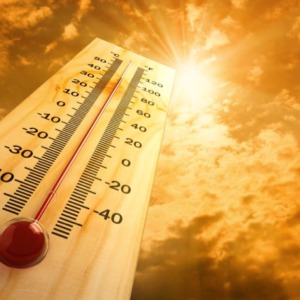 Run Time: 4 minutes
Run Time: 4 minutes
Author: Nicholas Hatch M.D.
Educational Pearls:
- It is possible to acclimatize to heat, however it takes approximately 2-3 weeks.
- Never give tylenol for a heat related illness and heat related hyperthermia, it is not helpful.
- Heat rash: most common in kids. Lotion should not be used because it blocks the ducts of the skin and can cause irritation and inflammation. The rash, which resembles a sunburn, is the body compensating for the increased heat by vasodilating blood vessels to get blood to the periphery and cool it off.
- Muscle cramps: Especially in major muscle groups, oral hydration often enough, but the patient will need more than just water. Patients require an electrolyte based solutions like gatorade.
- Heat syncope: characterized by passing out and returning to a normal level of consciousness and normal temperature. Patients potential can have a temperature up to 104° Fahrenheit with mild brief altered mental status, but nothing significant.
- Heat stroke: characterized by major altered mental status, temperature above 104, deceased perspiration, nausea, vomiting, and other end organ dysfunction. This is a life threatening emergency. If a patient says that they have “heat stroke” they probably do not…these people are usually sick as stink.
- Hydration and rapid cooling are the treatment that should be initiated for heat stroke – undressing the patient and misting with a fan, ice packs applied to the groin and axilla, and chest tube and lavage or bladder irrigation w/ ice cold water are the hallmarks of therapy. .
Link to Podcast: http://medicalminute.madewithopinion.com/heat-stroke/
References: https://medlineplus.gov/ency/article/000056.htm
